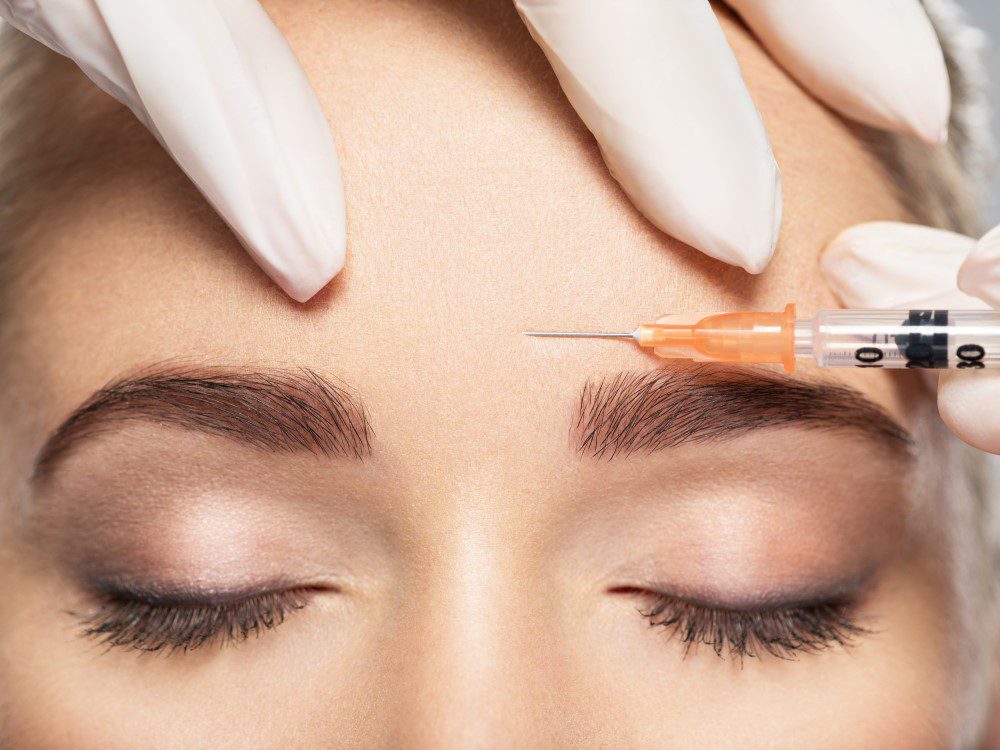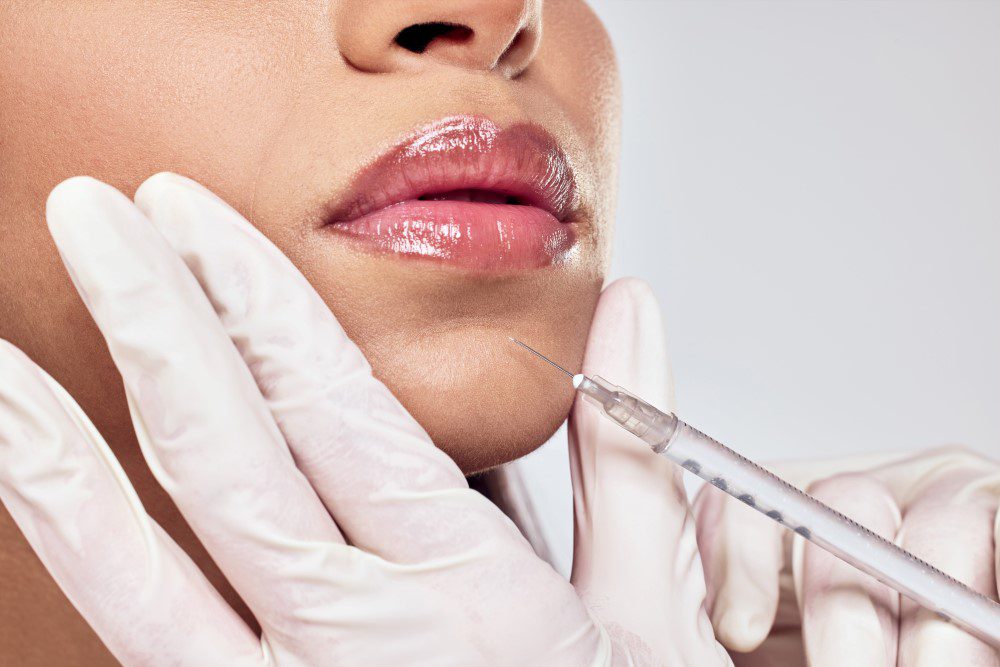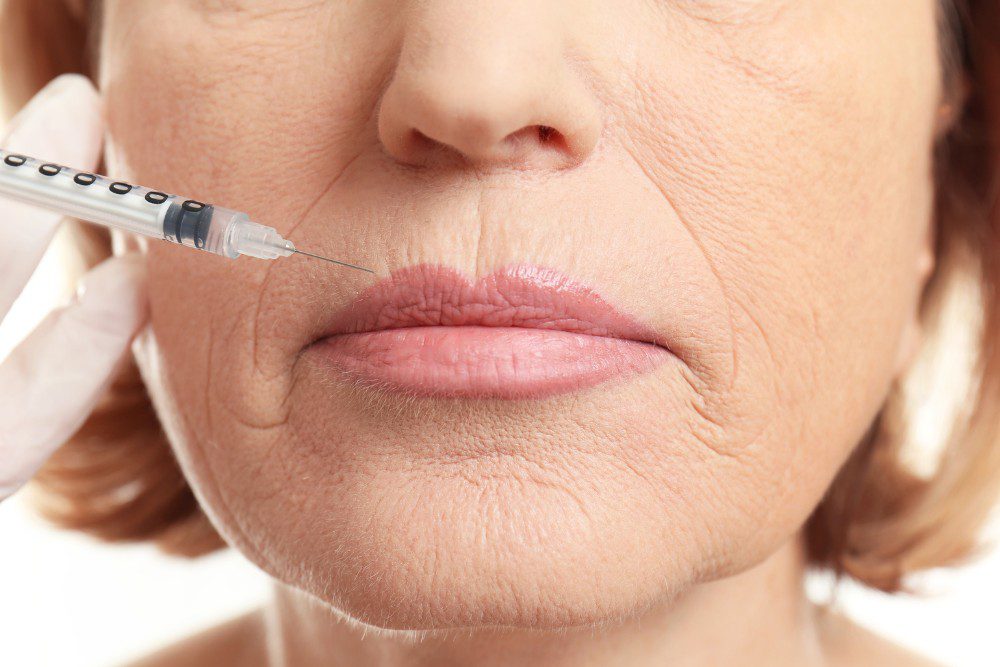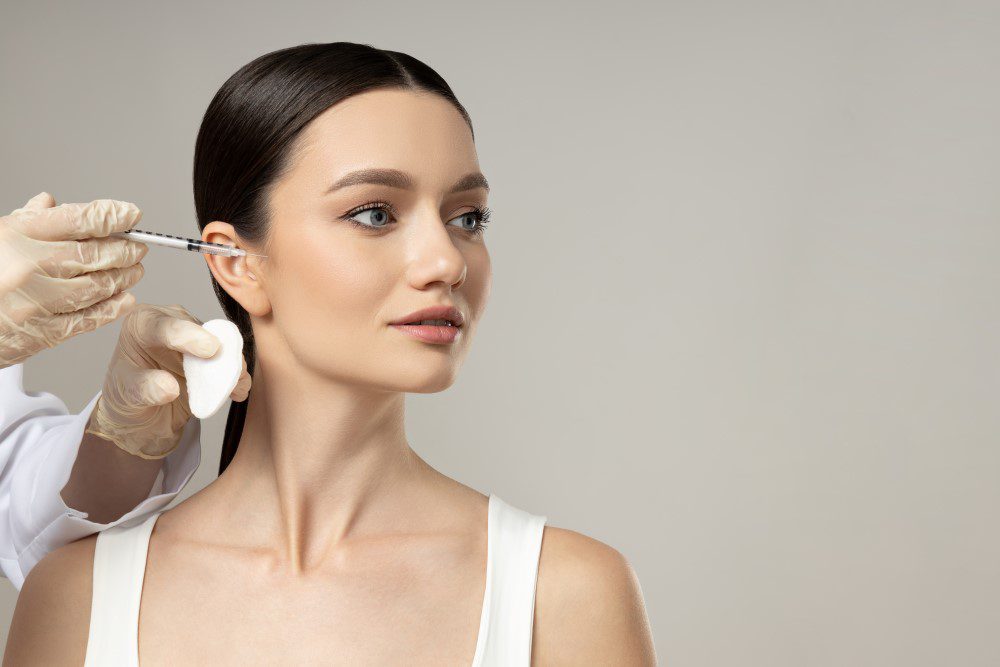Figuring out exactly how much Botox to use when treating facial wrinkles is far from simple – it requires scientific knowledge, experience, but also the kind of wisdom that comes from years of performing treatments on different patients, and monitoring the results.
Science behind Botox’s Function
Botox works by blocking the transmission of nerve signals at the point where nerves pass these signals to connected muscles. Blocking the transmission of nerve signals causes the targeted muscles to relax, which in turn reduces movement and smooths wrinkles that are linked to the repeated muscle activity.
A single vial of Botox typically contains 50 or 100 units of Botox. The number of units used depends on many factors, summarized below.
Principal Factors Affecting Dosage
Although Botox is used to target nerve signals, the dosage used is directly affected by the size, strength, and usage of the attached muscle. Larger muscles have more points of attachment to their nerves, so require larger doses of Botox to effectively block their nerve signals.
Stronger muscles also require larger Botox doses to cause them to relax. Men on average have stronger facial muscles than women, and can require 2 or 3 times the dose of Botox to achieve similar results.
Similarly, muscles that are more active result in the development of deeper wrinkles, and may require application of larger doses of Botox to achieve the desired relaxation. Deeper lines can easily require double the dose of Botox required by milder lines.
Another significant factor is the size and area occupied by the targeted muscle. Botox tends to diffuse away from the injection site, although this diffusion also depends on several factors. If Botox tends to migrate away from the treatment site, higher doses may also be required. Areas like the neck can require larger doses due to the volume and spread of the muscles being treated.
Treatment Area
The specific area being treated is the main factor that determines how much Botox will be needed.
As a rough guide, anticipate the following very approximate usages:
- Forehead Lines typically require 10–20 units.
- Vertical lines between the eyebrows often need 20–25 units.
- Lines around the eyes usually require 5–12 units per side (10–24 units total).
- Creases on the nose typically need 5–10 units for subtle smoothing.
- Chin Dimpling may require 5–10 units to reduce dimpling.
- Jawline Slimming (or TMJ Relief) often need 20–30 units per side (40–60 units total).
- Neck Bands require 20–50 units.
- Upper lip enhancement typically uses 4–6 units.
Severity of Wrinkles
The depth and degree of wrinkles play a crucial role in determining Botox dosage. Deeper, more pronounced wrinkles will require more units to smooth effectively, while finer lines will need fewer.
Older patients tend to have more profound and long-standing wrinkles; these typically require larger doses to treat effectively. Conversely, younger patients will mostly require far fewer.
It’s usual to treat first-time patients with lower doses, allowing the practitioner to better gauge the patient’s response to Botox. The dosage can be adjusted on subsequent treatments to account for the patient’s response to Botox.
Individual Anatomy, Skin Type, Metabolism, and Lifestyle
Individual anatomy can differ significantly; this includes exact muscle position, skin type, skin thickness, and facial structure.
Individual metabolic rates influence how quickly Botox is metabolized and how long its effects last. Level of activity (and exercise) can also influence the Botox dosage needed, as well as requiring more frequent touch-up treatments.
Lifestyle factors such as sun exposure, smoking, drug use, or alcohol use can also directly influence the way one’s skin ages, and its susceptibility to developing deeper wrinkles. These factors also directly influence the Botox dosage required to effectively address them.
Regular Botox users may well need fewer doses over longer time periods as their muscles tend to weaken with repeated treatment.
Patient History and Aesthetic Goals
Patient goals differ significantly; the dosage required is directly influenced by the level of results that you’re looking for. Aiming for subtle results will almost certainly require lower doses than more aggressive changes.
Do You Have Questions About Whether Botox Is Right For You? Contact Your Laser Skin Care
Your Laser Skin Care practitioners are medically qualified with extensive experience in administering Botox, and in tailoring treatments according to each patient’s needs. We invite you to contact us for more information on this or any of the other non-invasive cosmetic procedures we offer. We can help you choose the safest, most effective, and most cost-effective way to achieve your cosmetic goals. Call us at (323) 525-1516 to schedule a free consultation, or visit us online for more information








